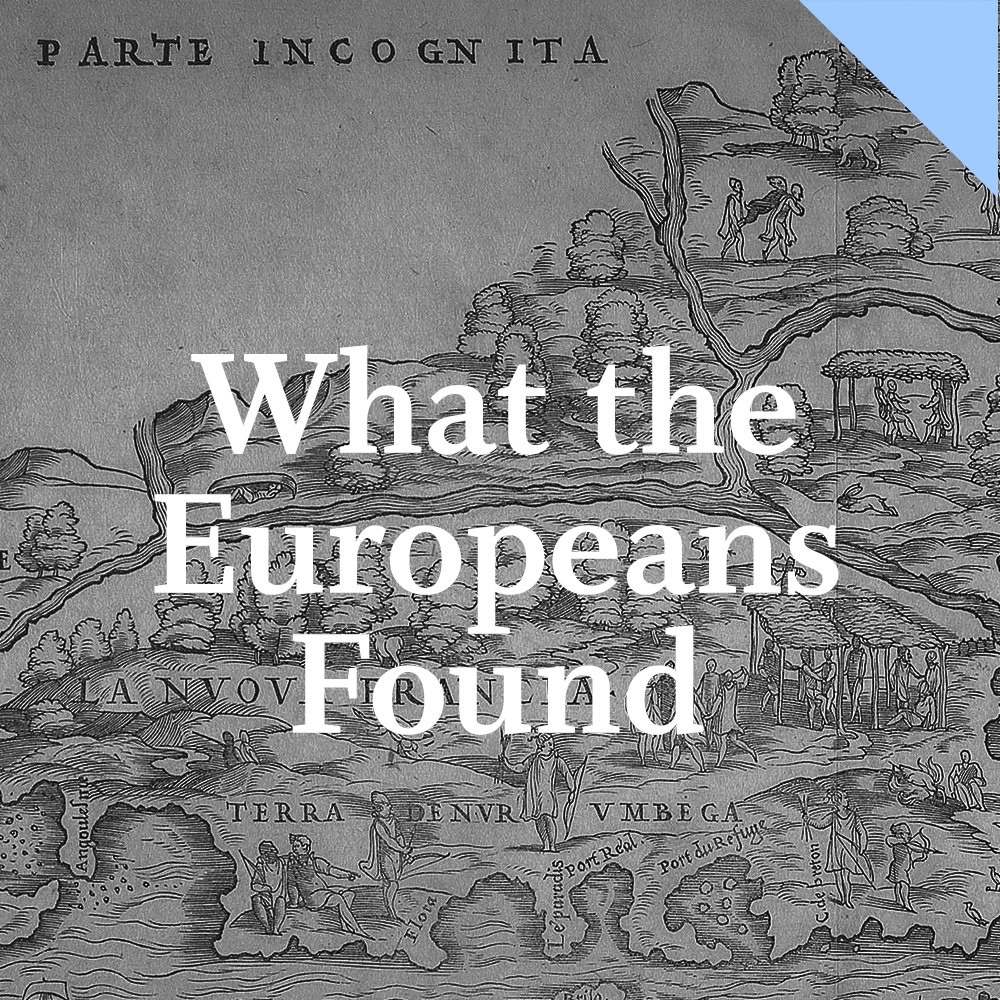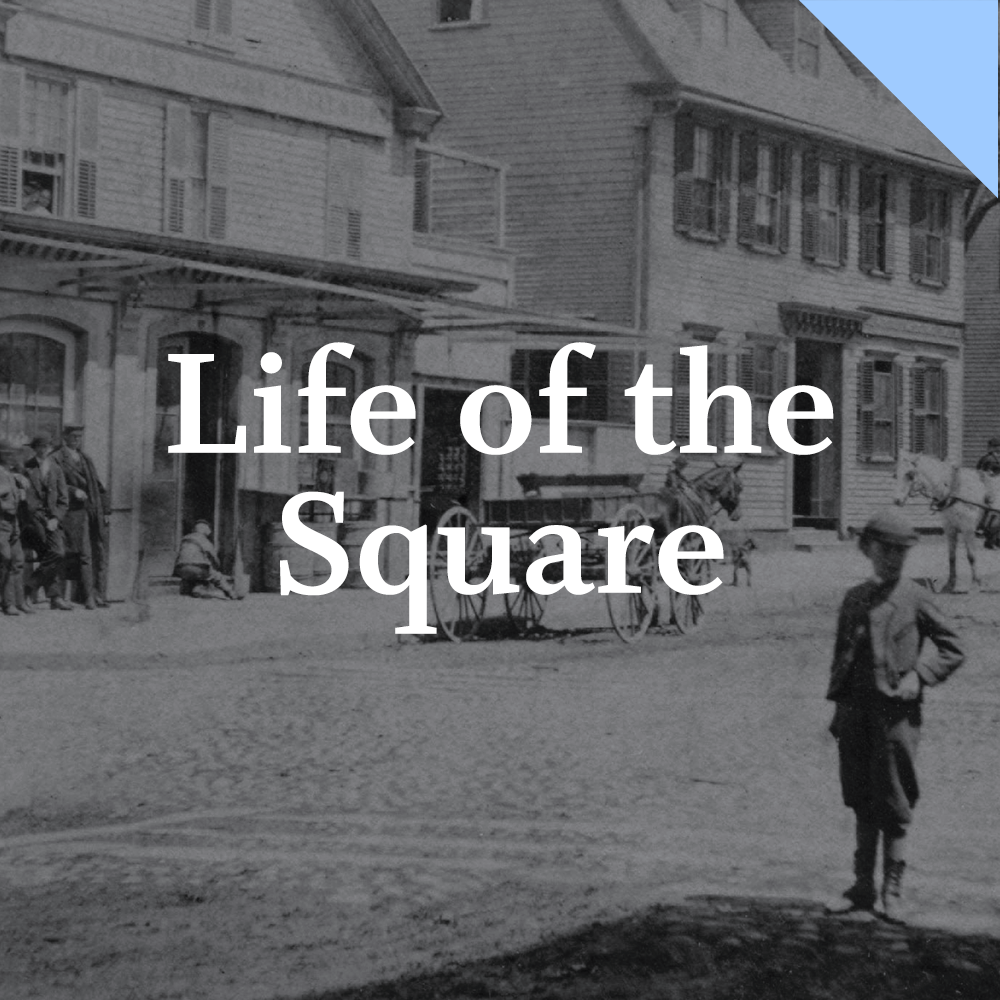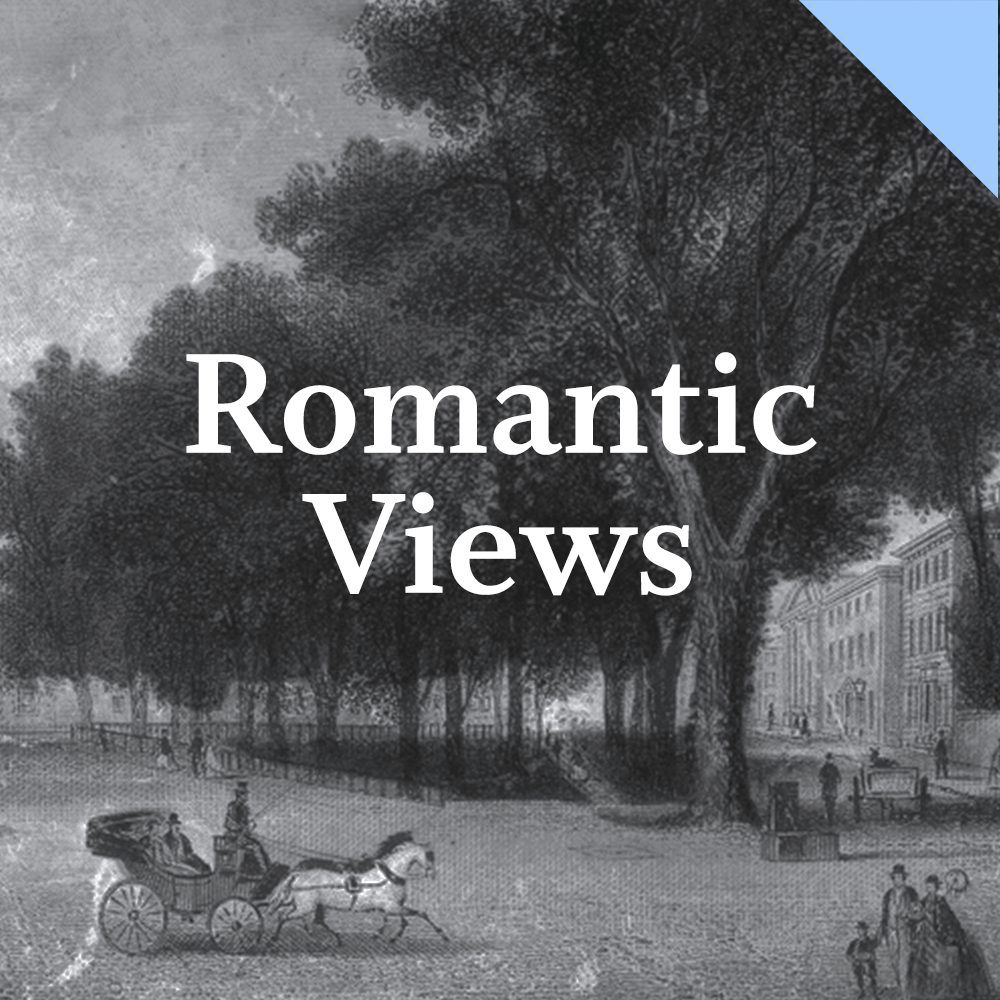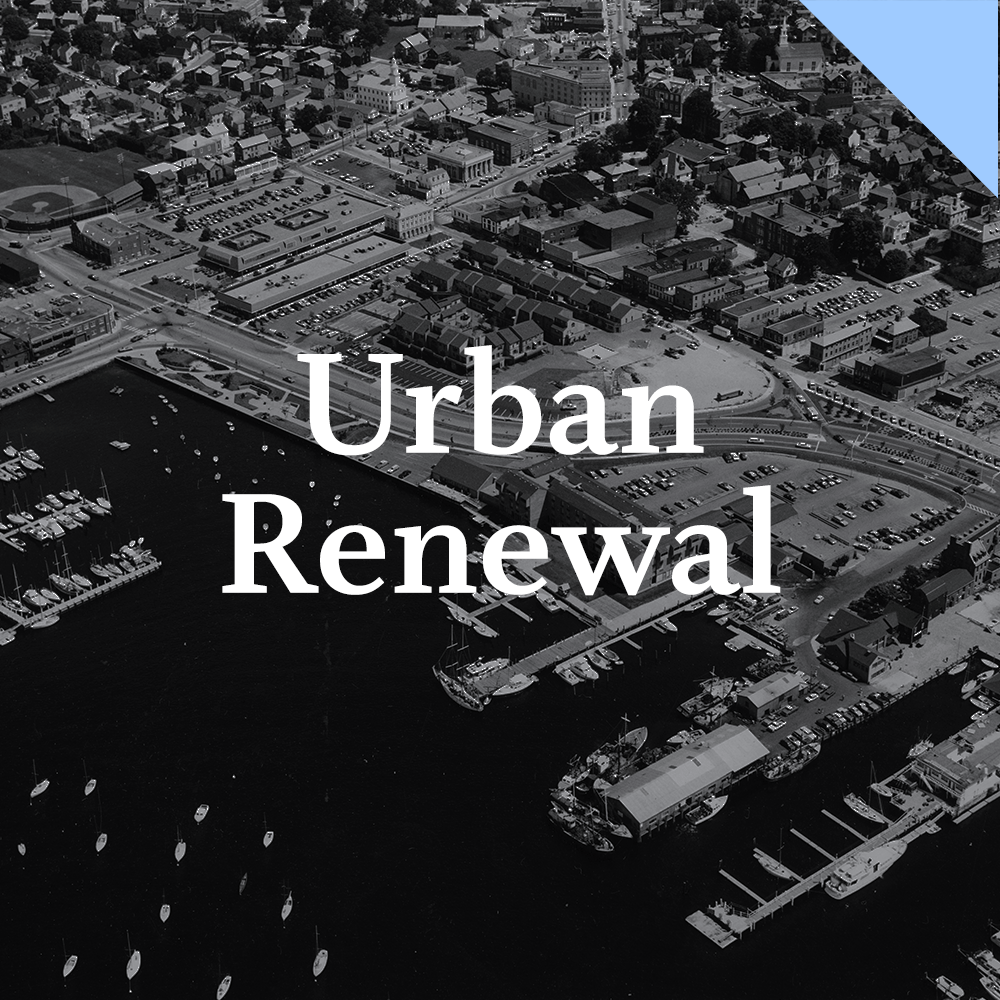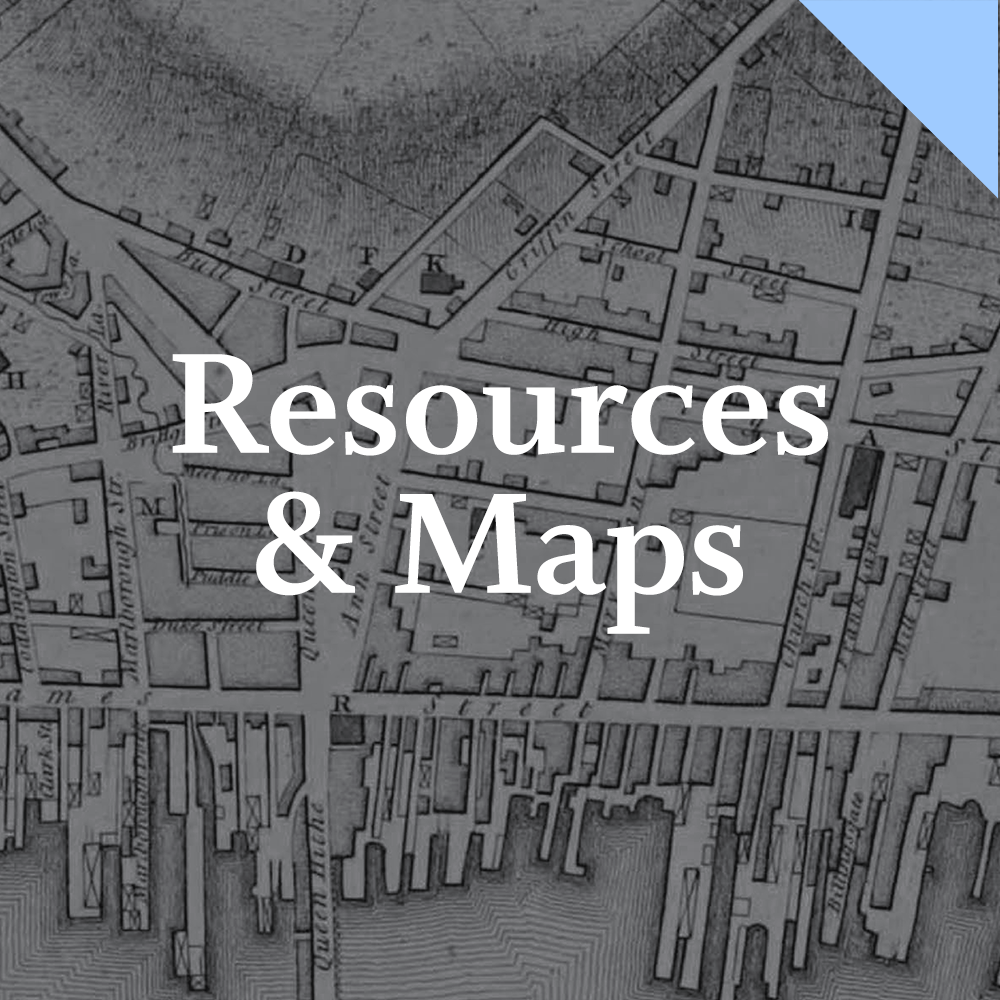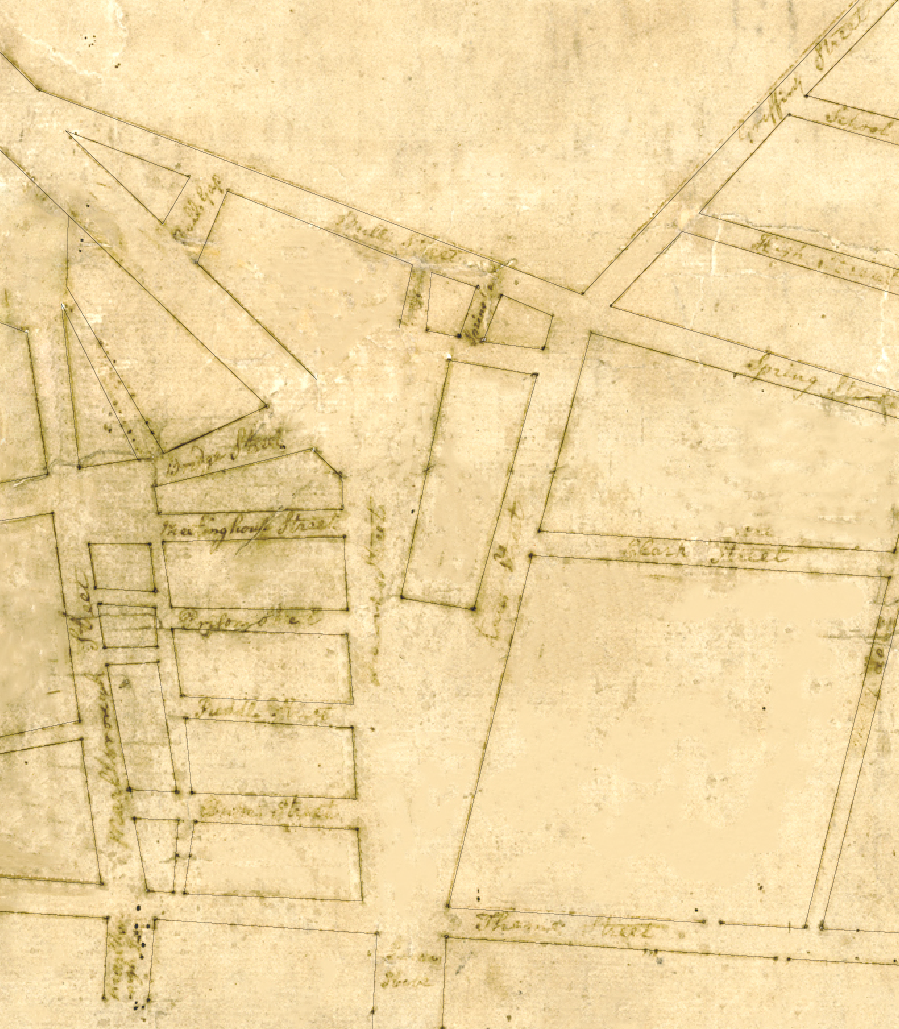 Detail of the site of the spring
Detail of the site of the spring
The spring is marked today near the intersection of Spring and Touro Streets. Streams emanating from this water source account for the development of the irregular pattern of 17th century roadways laid out along the contours of these waterways as they made their way down to the west facing harbor. To the east of the spring, the land rises sharply until reaching the flat summit at present day Bellevue Avenue and Kay Streets. First mentioned in the earliest town records, the spring's central role in the town plan is evident in its use as the starting point for the measurement to One Mile Corner, marking the northern edge of Newport.
![]()
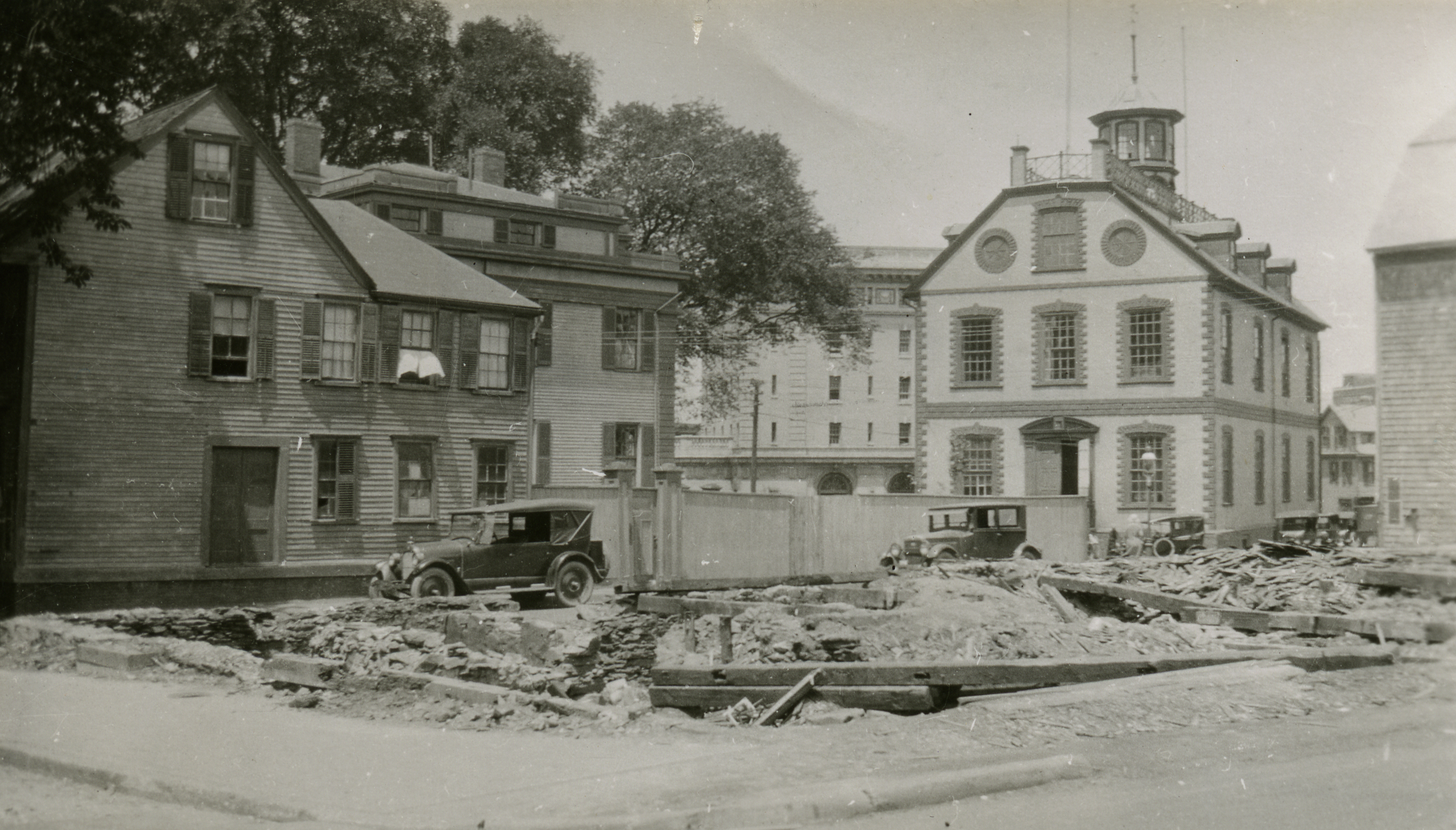
Early 20th century demolition on Court House Street, near the site of the spring
And yet, soon after the City was settled, and for more than two centuries following, development and commerce rendered the spring site into just another place – houses and businesses, with their wells and cisterns covered the site and channeled the water to suit the needs of Newport’s citizens. By the mid-19th century, the only evidence of the original spring was an old-fashioned well in a dilapidated part of town.

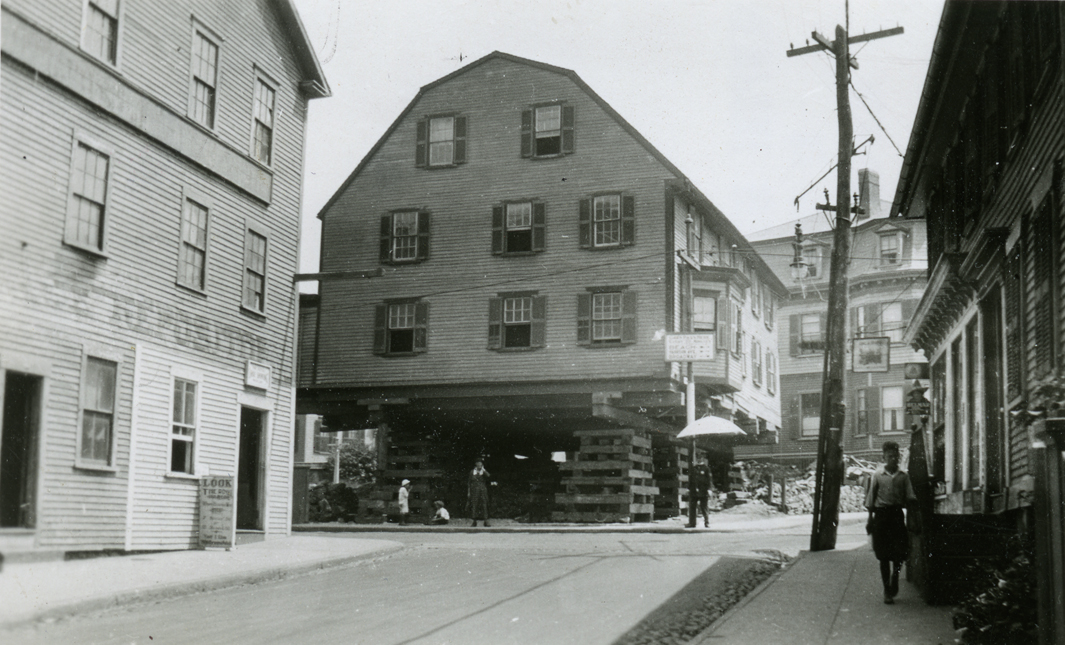
But the spring site continued to have an active life as a transportation hub in Newport as the years went on. Liveries and stables appeared in the 19th century followed by 20th century gas stations and a bus terminal. For all of the changes over the centuries, both to its streets and surrounding buildings, the spring is the fountainhead of Newport's history embedded in earth and water, as awareness of its significance evolves over time.
 Esso gas station near the site of the spring, ca. 1950
Esso gas station near the site of the spring, ca. 1950
In 2018, investigations into the spring uncovered an intact subterranean stone structure. Further exploration is underway on this rare surviving water system which played such a vital role in the founding of the city. For more information on recent developments at the spring site, visit the Historic Newport Town Spring website.


